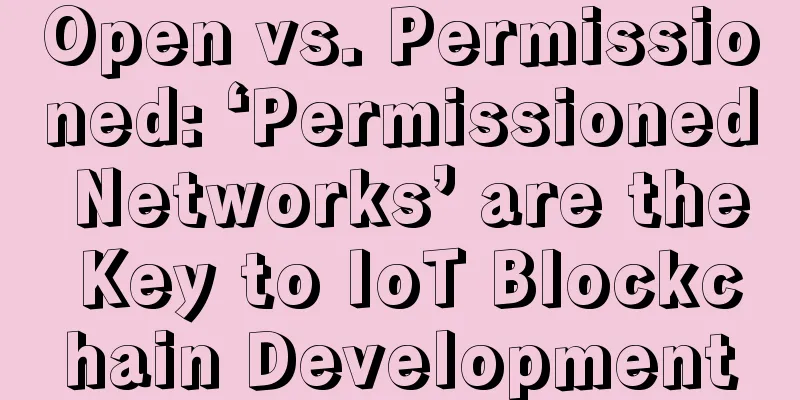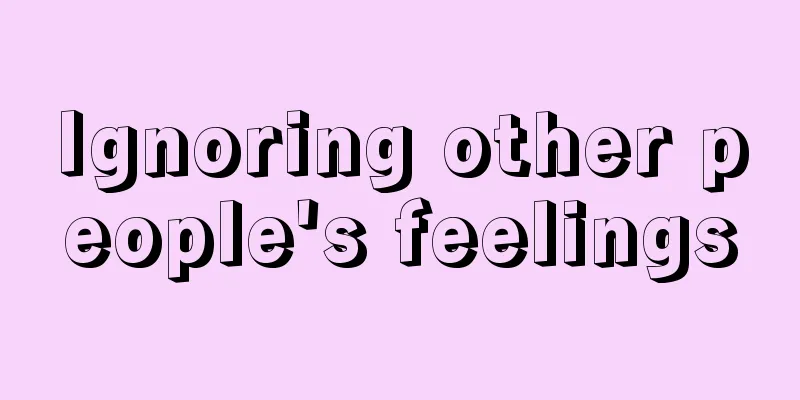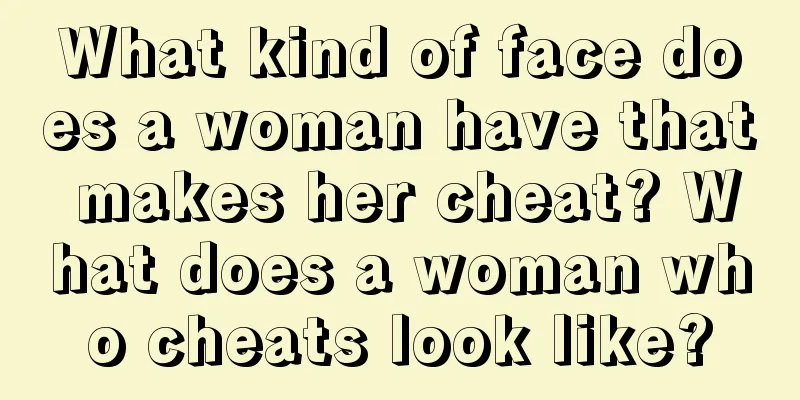Open vs. Permissioned: ‘Permissioned Networks’ are the Key to IoT Blockchain Development

|
Machines conducting transactions with other machines automatically—such as a car paying for gas by itself—may soon be a possibility. Openness is great, but it also means more latency. Most obviously, some viable blockchain instances – such as cryptocurrencies – are already being run as ‘open networks’, meaning transactions must be verified by ‘proof of work’ before they can be sent from party A to party B, says Mance Harmon, director of architecture at Ping Identity. Now, with the advent of ‘permissioned networks’, the possibility of blockchain becoming the basis for real-time machine data transfer and transactions – an IoT marketplace – could be realised. Citing Bitcoin as the best example, Harmon explained:
He also said:
On the other hand, Harmon explained,
He added that the main drawback of permissioned blockchains is their inability to scale. Permissioned Web: Progress is being madeHarmon explained the applicability of blockchain:
However, things are moving very fast, and Harmon cited the Hyperledger project, which is managed by the Linux Foundation, as an emerging permissioned blockchain solution. Harmon added that blockchain-enabled Internet of Things (IoT) projects — which use sensors or devices to record transactions — are “coming soon.” One example is Filament, which is directly creating industry-level blockchain IoT applications. He said:
Blockchain trading: Who runs the market?Harmon is bullish on blockchain’s prospects as an enabler of the Internet of Things, but warns that more work needs to be done to effectively establish ‘fair markets’ that cannot be influenced by ‘miners’ or other individuals monitoring the consensus system. This market-driven approach to real-time data exchange and blockchain transactions is new to many companies. Harmon said business models must change for IoT to realize its full potential, citing a conclusion advocated by IBM: "Objects will operate independently, using smart contracts for online marketplaces of services and information."
|
>>: Do you know the 4 most hated people in the history of Bitcoin and other cryptocurrencies?
Recommend
Judging a person by his eyebrows! What does short eyebrows mean?
Eyebrows reflect a person's emotions. General...
What does a sunken forehead indicate? Talk about the personality of a person with a sunken forehead
People with sunken foreheads have fluctuating for...
The facial features of people who are prone to hurting others if they disagree with something
In fact, we all say that a gentleman uses words r...
People with this face can achieve great things in the future.
It is not easy to achieve something in life, beca...
Is it good or bad for a woman to have a mole on the left side of her neck?
Moles can be found on every part of our body, whi...
Airbnb is looking for the right Bitcoin and blockchain startups
Airbnb has signed a deal to operate a Bitcoin mic...
Do Ox men prefer thin or strong women? They don't like weak women.
People of different zodiac signs actually like th...
A little knowledge about DCEP (Digital Currency Electronic Payment)
(From Weibo @币印矿池@星球日报Odaily) A photo of the Agric...
What does an unlucky face look like? Which women are unlucky?
Face plays a very important role in people's ...
Why are Bitcoin and blockchain relatively secure?
Rage Comment : Since blockchain is a record of pa...
Cornell professor calls for 'DAO 2.0' action
Rage Review : Cornell University computer scienti...
Can ETH and ETC coexist for a long time?
How big is the Ethereum market? Judging from its ...
Are women with prominent brow bones selfish and quite snobbish?
People with this kind of brow bones are more powe...
What does it mean if a man has a mole on the tip of his nose? What will his fate be?
In physiognomy, a mole on the tip of the nose wil...
The number of active Ethereum users increased by 137%, and the average transaction fee increased by 16 times
Data Analyst | Carol Editor | Bi Tongtong Produce...









